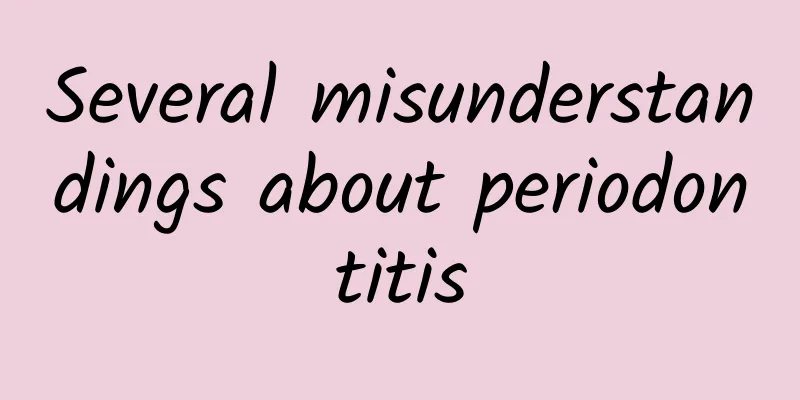Are uterine fibroids on the posterior wall harmful?

|
Presumably, women will more or less understand the dangers associated with uterine fibroids, but when they learn that they have benign tumors, they may become complacent about it, and may even delay the normal treatment of the disease, causing unnecessary harm. Today, the editor will carefully explain the harm caused by this disease to the body. I hope that female friends can be more vigilant after reading the article. 1. Infertility or miscarriage. If fibroid tissue appears on the posterior wall of the uterus, it can compress the entrance of the fallopian tube, preventing sperm from ascending to the fallopian tube to combine with the egg, thereby affecting conception; it can cause deformation of the uterus, hinder the implantation of the fertilized egg and hinder conception. Even if the fertilized egg has implanted, women with larger fibroids are prone to serious adverse effects such as threatened abortion due to mechanical hindrance to embryo development and uterine cavity infection when they have complicated pregnancy. 2. Cause gynecological inflammation. Uterine fibroids can cause pelvic congestion and infection, among which the infection caused by fibroids is mostly caused by pedicle torsion. After infection, abscesses may form in the fibroid tissue of a few patients, and suppuration may occur. At the same time, pathogenic bacteria after fibroid infection can invade other nearby organs, causing gynecological diseases such as adnexitis and pelvic inflammatory disease. 3. Secondary anemia. Uterine fibroids can cause excessive bleeding during menstruation. Over time, patients will develop secondary anemia, which manifests as a series of symptoms such as general fatigue, pale complexion, palpitations and shortness of breath. 4. Malignant lesions. In a minority of women, malignant changes in uterine fibroids may turn into sarcomas, which can cause vaginal bleeding and lower abdominal pain. In late stages, they may spread to other parts of the body via hematogenous spread, direct extension, and lymphatic metastasis. From the above content, it can be seen that uterine fibroids are very harmful to women. However, there is no need to worry about it after diagnosis. As long as medication or surgery is used in time to remove the lesions, these adverse effects can be avoided. At the same time, the editor would like to recommend that women develop the habit of regular gynecological examinations to detect abnormalities in a timely manner. |
<<: Is enema therapy for pelvic inflammatory disease effective?
>>: How effective is enema treatment for pelvic inflammatory disease?
Recommend
Why do some people prefer to wear glasses instead of undergoing surgery? I didn’t expect it to be this!
Many people are eager to correct their vision thr...
What to do if you have itchy vagina during menstruation
Girls should pay attention to the hygiene of thei...
Causes of angina in women
In our daily life, we have all heard of the disea...
How to lose belly fat after childbirth the fastest and most effective
Many women consider the issue of losing belly fat...
What are the harms of sweat steaming to women's health?
The topic of health care has become more popular ...
Where is Puzhehei in Yunnan? How is the tea from Yunnan Colorful Yunnan?
Yunnan is not only a place with beautiful scenery...
How to eat carrots during menstruation to stop bleeding?
Whether menstruation is normal or not is a sign o...
Why stomach discomfort during pregnancy
The most obvious pregnancy reaction for women dur...
Does a young woman’s private parts have these magical functions?
Men who have had sexual experience must think tha...
Can I have menstruation without ovulation?
Generally speaking, we know that women have ovula...
Does pancreatitis affect pregnancy?
Pancreatitis is a disease that can affect pregnan...
What should I do if I feel itchy down there during menstruation?
During the menstrual period, the private parts ma...
Why hasn't there been an AIDS vaccine yet?
Author: Sun Caijun (School of Public Health, Sun ...
Treatment methods for vulvar atrophy, treatment and care should be done well
Vulvar atrophy is common among middle-aged women....
Can you really swim while wearing a tampon?
Many friends go swimming in the summer, which can...









